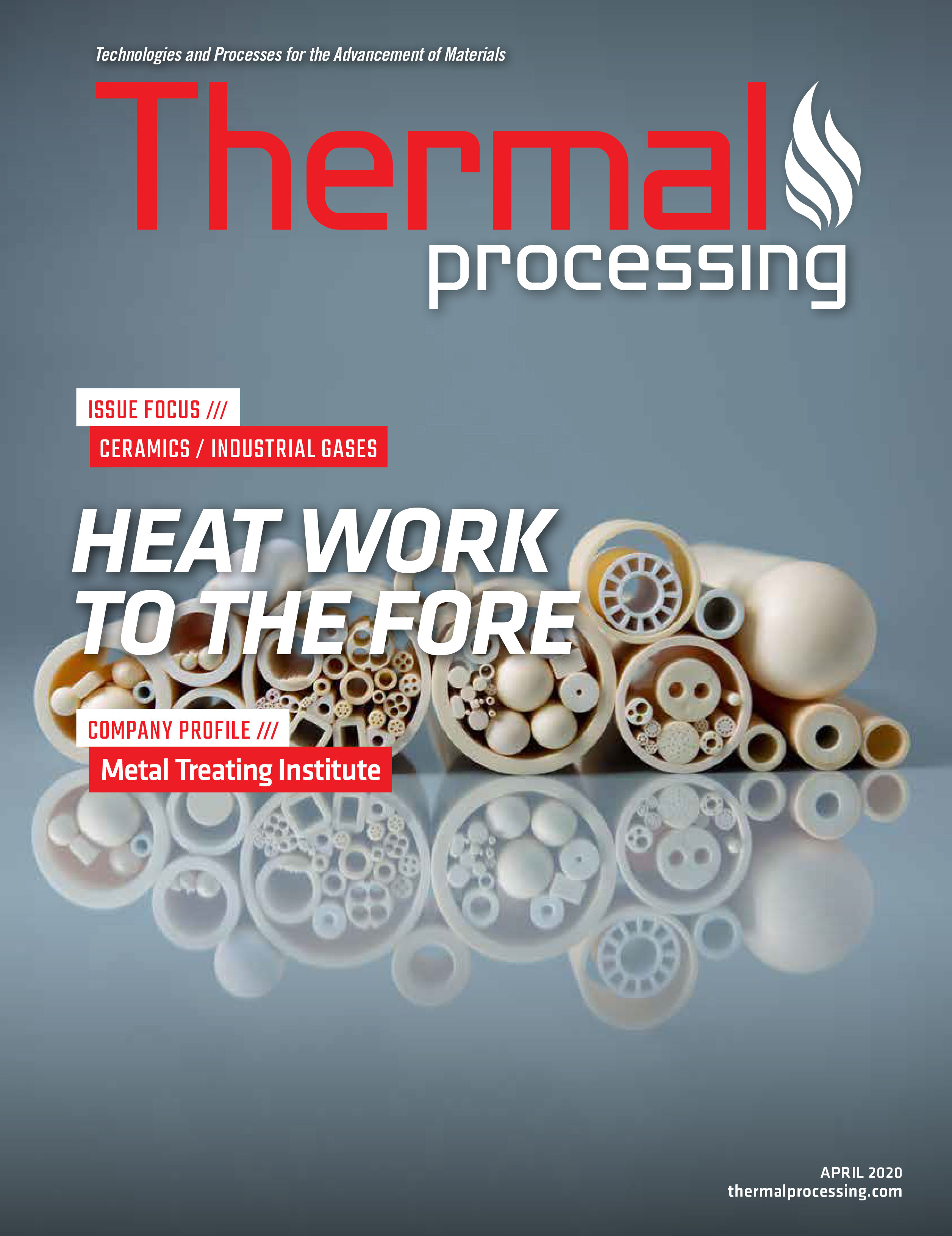
Editor’s note: Beginning with the March issue of Thermal Processing, we added Tony Tenaglier, a heat treat process engineer at Hitchiner Manufacturing, as a contributor to the Quality Counts column. Conrad Kacsik’s Jason Schulze will continue to write occasional columns. This month, meet Shaun Kim, quality director at Byington Steel Treating.
My name is Shaun Kim, and I’m the quality director at Byington Steel Treating, Inc (BST). As this is my first time writing for Thermal Processing, this column will be about the impact quality has on heat treatment. My intent is to offer readers an alternative view into how quality is a key factor in all areas of heat treatment, and its importance to compliance to statutory and regulatory requirements.
First, a little background about my company. BST’s facility is in Santa Clara, California. It’s a family-owned business that dates to 1952. We are in our third generation of ownership, with Sean Byington leading the company as CEO. Our facility is NADCAP accredited for heat treating, hardness, and conductivity testing. Our location in the Silicon Valley allows us to serve aerospace, semi-conductor, medical, and many other commercial industries.
Now, a little about myself. I was born and raised in the California bay area, and attended San Francisco State University where I focused on communication studies. (In the following months we’ll see how much knowledge I retained in creative writing. Fingers crossed.) I’ve been with BST since 2015, and director of the quality department since 2016. A little irony to this story is that my father was a metallurgical engineering major, but now works in the technology sector. I guess you can say that I followed in his footsteps to a degree. Maybe the apple really doesn’t fall far from the tree. When I got into the heat-treating industry, I knew virtually nothing about it. I wasn’t content with the path that my career was going, but was still young enough to make a change. I wanted more. At that point, I decided to take a position at BST operating the vacuum furnaces. It quickly changed when I was asked to cross-train in multiple departments, including receiving and quality. I had no intention of going into quality, but I noticed quickly that I was intrigued by the quality side of heat treating and how my own pragmatic nature was helping to improve the quality side of the business. Additionally, I enjoyed the work of finding solutions to complex problems. My CEO recognized that and inserted me into the QA department working closely with the quality director at the time. Long story short, I was promoted to quality director and here I am five years later.
Until now, the biggest accomplishment for myself is leading the company in obtaining our NADCAP accreditation for heat treating through the Performance Review Institute (PRI). BST was primarily a commercial heat-treating business upon my arrival but had aspirations of elevating our processing capabilities into the NADCAP level with the quality to back up any certification given. This was probably the most difficult task I’ve been assigned on any professional level. Because of that, I would say it’s the one I’m most proud of.
As I think about how this column will progress, I realized that there are many areas where I can begin. First are the continuous changes to AMS and ASTM specifications and how quality determines how those changes are interpreted and flowed down to processing. Second would be training, and its importance to be able to follow your company procedures.
It’s extremely important for the quality department to know and understand any changes to standards or process specifications. They can and will affect the way your company operates from a processing perspective. Your company may have been doing things a certain way for several years, but a change in a standard can alter or completely change how you do things after it’s released. There are certainly other areas that can be affected besides processing, but I’ll limit my discussions to the quality side of things when writing about this topic for the next column.
In my experience, training is the most crucial element in aligning your operators to your heat-treating procedures. All your hard work of interpreting a new standard and updating procedures means nothing if you can’t train your team to follow. In a future column, I’ll discuss the challenges of training, what I’ve learned that works great, and things that didn’t work out so well. I’m a firm believer that you will learn the most when you make mistakes along the way. Some are big mistakes, and some are small ones. Either way, lessons learned along the way are invaluable to the efficiency of your quality system.
I’d like to share my experience and insight on these topics and more. I look forward to contributing to Thermal Processing in the coming months. My goal is to cover topics that are on the minds of the readers, as well as those that may have been overlooked. I always say those of us in quality rotate on a slightly different axis than others. Similar to our modern world, quality is always changing, and I hope that this column will provide a resource to keep up with those changes.

























